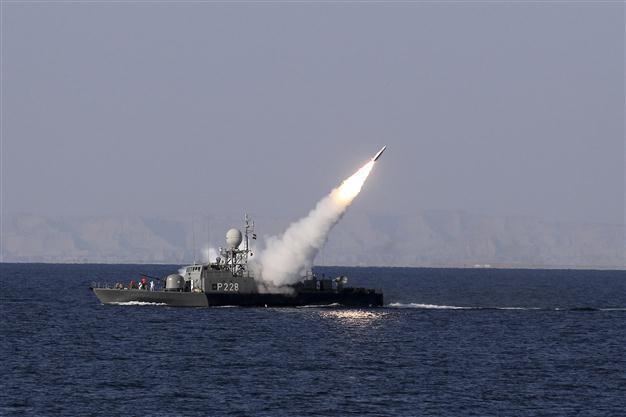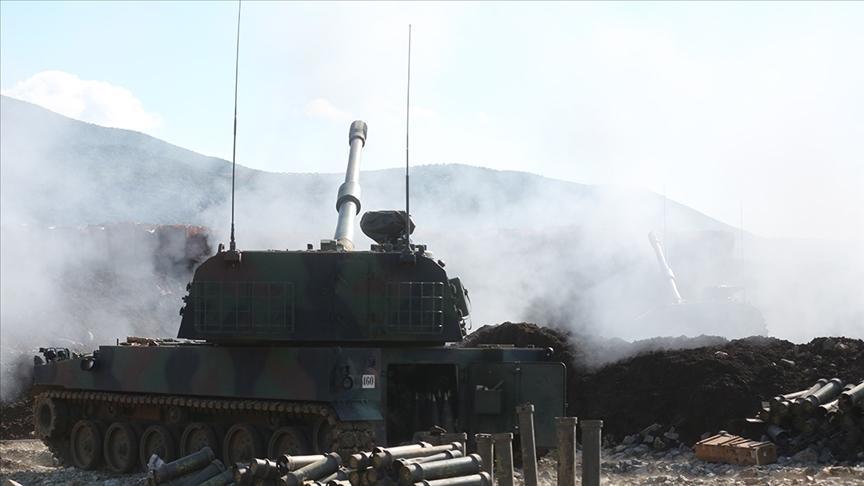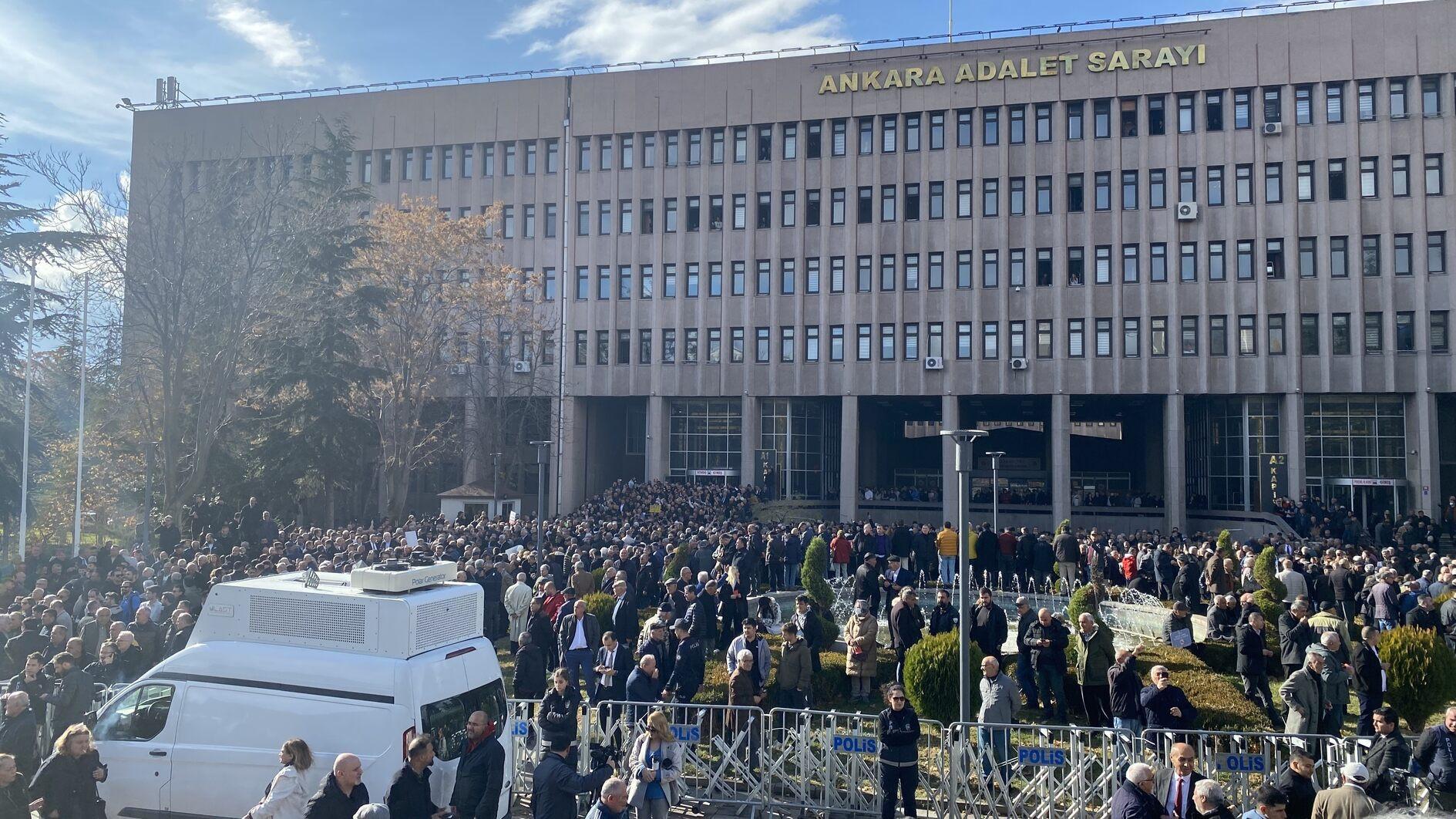Iran war games to test cruise, anti-ship missiles: report
TEHRAN - Agence France-Presse

02 A new medium-range missile is fired from a naval ship during Velayat-90 war game on Sea of Oman near the Strait of Hormuz in southern Iran January 1, 2012. REUTERS photo
Iran's navy is to test two 200-kilometre (120-mile) range missiles and one shorter range missile in war games near the Gulf on Monday, a spokesman said, according to the ISNA news agency.The exercise was taking place on the final day of more than a week of navy drills that have raised concerns over Iran's threat to close the Strait of Hormuz at the entrance of the Gulf if more Western sanctions are imposed on Tehran.
Navy spokesman Commodore Mahmoud Moussavi said "today (Monday), for the first time we are going to test a Ghader ground-to-sea long-range missile, a short-range Nasr missile and a surface-to-surface Nour missile," according to ISNA.
The Ghader missile is said to be a cruise missile domestically produced by Iran.
It is said to have a range of 200 kilometres, which is generally considered medium-range or even short-range for a cruise missile, even though Moussavi called it "long-range." "The Ghader is an ultra-modern missile with an integrated, ultra-precise radar whose range and intelligent anti-detection system have been improved over previous generations," he said.
The Nour and Nasr missiles are based on Chinese designs.
The Nour missile is an anti-ship missile, also with a range of 200 kilometres. It is based on China's C-802 missile.
Moussavi said the Nour missile to be fired "has been improved with its anti-radar and targeting system." An Iranian Nour missile was reportedly used by the Iran-linked Hezbollah militia in Lebanon to disable an Israeli warship during a 2006 conflict.
The Nasr anti-ship missile is based on China's C-704 missile and has a range of 35 kilometres (22 miles). Iran has them mounted aboard patrol boats.
Moussavi was quoted as saying that Syrian military observers would watch the tests.
Iran's navy started its 10 days of war games near the Strait of Hormuz on December 24.
They are due to finish Monday after the missile tests and an exercise practising "a new tactical formation" to be used to close the strait if so ordered, Mousavi was quoted as saying Sunday by the ISNA news agency.
On Sunday, the Iranian navy successfully tested "an anti-radar medium-range missile," Moussavi said.
Iranian leaders and military officials have warned that additional Western sanctions could push them to close the Strait of Hormuz, through which 20 percent of the world's oil flows.
Those warnings became more strident in recent days, with Vice President Mohammad Reza Rahimi vowing last Tuesday that "not a drop of oil will pass through the Strait of Hormuz" if more sanctions were imposed.
Concern that Iran might take that drastic step increased Saturday when US President Barack Obama signed into law new measures targeting Iran's central bank and financial sector.
The extra US sanctions aim to squeeze Iran's crucial oil sales, most of which are processed by the central bank. They will make foreign firms choose between doing business with the Islamic republic or the economically mighty United States.
Iran's currency, the rial, slipped to a record low Sunday on that news.
The state news agency IRNA and an Iranian website tracking the currency said it slid to around 16,000 to the dollar.
The European Union is also mulling an embargo on Iranian oil purchases, and a decision could be announced at an EU foreign ministers' meeting at the end of the month.
Iran, the second-biggest producer in OPEC after Saudi Arabia, depends on oil sales for 80 percent of its foreign currency earnings.
















